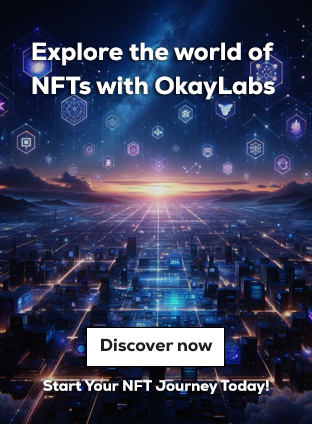ENSv2: Revolutionizing Ethereum Name Service
Get ready for a game-changer in the blockchain world! The Ethereum Name Service (ENS) is planning a major upgrade with the introduction of ENSv2. This exciting development aims to reduce gas fees and boost transaction speeds by migrating from the Ethereum mainnet to a layer-2 network.
Why ENSv2? Cutting Costs and Cranking Up Speed
ENS Labs, the team behind the open-source blockchain naming protocol, officially proposed ENSv2 on May 28. The primary goals? Lowering gas fees, improving scalability, and enhancing the overall functionality of ENS. By moving to a layer-2 network, ENSv2 promises to bring significant improvements to how we manage .eth domain names.
Nick Johnson, the founder and lead developer of ENS Labs, shared some insights about this new version. “ENSv2 will introduce a hierarchical registry system for .eth name management,” Johnson explained. “Nameholders will gain access to a unique name registry, where they can manage subdomains and configure resolvers.”
New Features: Custom Governance and More Control
One of the standout features of ENSv2 is the ability for nameholders to customize their domain’s governance. This means users can set their own terms for expiration and transfer rules, giving them more control over their digital identities.
The shift to a layer-2 network is not just about technical upgrades; it’s about making ENS more user-friendly. By reducing gas fees and speeding up transactions, ENSv2 aims to offer a smoother, more efficient experience for users and developers alike.
The Perks of Layer-2: Faster and Cheaper Transactions
Layer-2 networks have been gaining traction in the blockchain space due to their ability to handle more transactions at a fraction of the cost. ENS Labs’ head of product and strategy, Eskender Abebe, emphasized this point: “The release of EIP4844 has made layer-2 networks based on Ethereum vastly more affordable and scalable, which was a big driving factor for ENS’s proposal.”
Abebe also highlighted that staying updated with the broader Web3 ecosystem is crucial for ENS. “As Web3 continues to revolutionize, ENS does too, and we want to ensure we are delivering a product that offers the best user experience possible,” he added.
What’s at Stake? The Need for Change
The ENS team warned that if the protocol does not migrate, users will miss out on the benefits of lower gas fees and faster transaction speeds for .eth name registration, renewal, and management. They also noted that network congestion on the Ethereum mainnet significantly impacts user transactions, making it challenging to provide an optimal experience.
Looking Ahead: A Global Reach
The goal of ENSv2 is to make .eth names easily accessible to users worldwide. By moving to a layer-2 network, ENS aims to overcome the limitations of the Ethereum mainnet, ensuring that users everywhere can enjoy a seamless and cost-effective experience.
In summary, the proposed migration to ENSv2 marks a significant step forward for the Ethereum Name Service. With lower fees, faster transactions, and enhanced user control, ENSv2 is poised to revolutionize how we manage digital identities in the blockchain era. Get ready to dive into a more efficient, user-friendly future with ENSv2!



